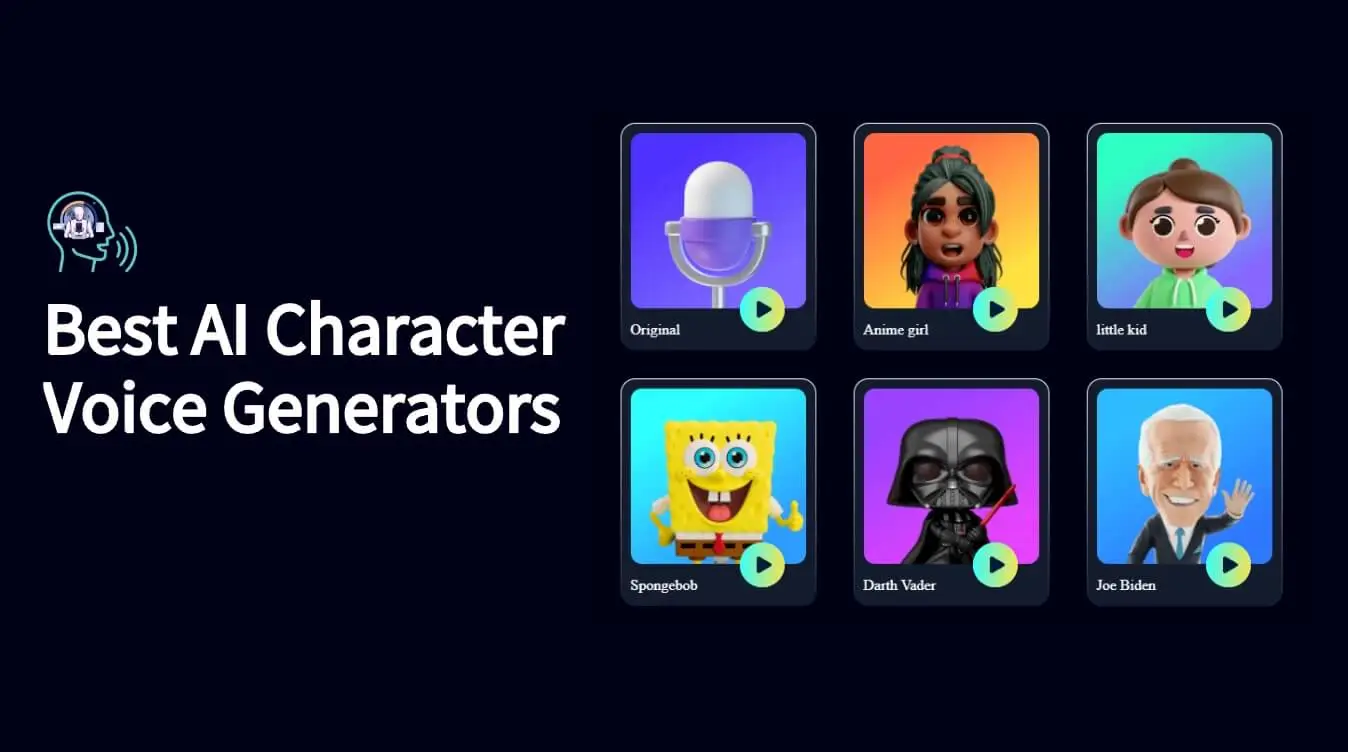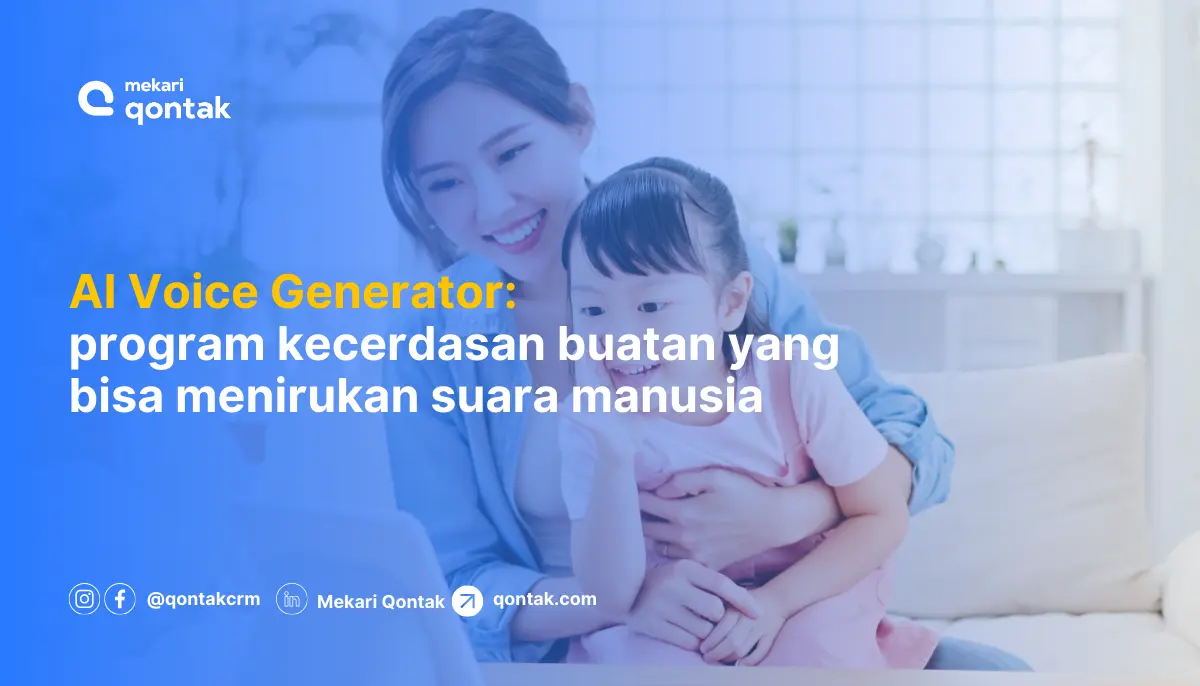AI voice generator technology is revolutionizing how we interact with machines and each other. From creating realistic voiceovers for videos to providing accessible text-to-speech solutions, AI voice generators offer a wide range of applications across various industries. This guide delves into the different types of AI voice generators, their applications, technical aspects, ethical considerations, and future trends, providing a comprehensive overview of this rapidly evolving field.
We’ll explore the nuances of different synthesis techniques, the process of training these sophisticated models, and the critical ethical implications surrounding their use. We’ll also look at real-world examples, both successful and unsuccessful, to illustrate the power and potential pitfalls of this transformative technology.
AI Voice Generators: A Comprehensive Overview
AI voice generators are transforming how we interact with technology and each other. This overview explores the different types, applications, technical aspects, ethical considerations, and future trends of this rapidly evolving technology.
Types of AI Voice Generators

AI voice generators can be categorized based on their functionalities. The core functionalities include text-to-speech, voice cloning, and voice modification. Each approach offers unique capabilities and limitations.
| Category | Generator Name (Example) | Key Features | Pricing Model |
|---|---|---|---|
| Text-to-Speech | Google Cloud Text-to-Speech | Natural-sounding voices, multiple languages, customizable parameters | Pay-as-you-go |
| Voice Cloning | Descript | Creates a digital replica of a specific voice, requires training data | Subscription-based |
| Voice Modification | ElevenLabs | Alters existing voice recordings, changing pitch, tone, and speed | Credit-based |
Cloud-based AI voice generators offer accessibility and scalability, while offline generators provide privacy and control but might lack advanced features or require significant computing resources. Cloud-based solutions are generally more accessible and easier to use, while offline solutions offer more privacy and control, but often come with higher initial costs and require more technical expertise.
Different speech synthesis techniques, such as concatenative synthesis (joining pre-recorded speech units) and parametric synthesis (generating speech from parameters), contribute to the quality and naturalness of the generated voice. Concatenative synthesis offers high quality but can be limited in flexibility, while parametric synthesis allows for greater flexibility but might produce less natural-sounding speech.
Applications of AI Voice Generators
AI voice generators find applications across various sectors, enhancing user experiences and creating new possibilities.
- Entertainment: Creating voiceovers for video games, audiobooks, and animated films.
- Education: Developing personalized learning tools and interactive educational content.
- Customer Service: Powering chatbots and virtual assistants for improved customer support.
- Accessibility: Providing text-to-speech capabilities for visually impaired individuals.
AI voice generators are crucial in creating personalized experiences by tailoring voice characteristics (tone, pace, accent) to individual user preferences. This can lead to more engaging and intuitive interactions with technology.
AI voice generators are awesome tools, right? They’re transforming how we create audio content, from podcasts to audiobooks. But think about the wider implications – how they’re impacting various sectors, including business , where they’re used for automated customer service, marketing materials, and internal communications. Ultimately, mastering AI voice generation means understanding its potential across diverse fields.
For example, imagine an educational app using an AI voice generator to narrate stories in a child’s preferred language and tone, adjusting the pace based on their comprehension level. This personalized approach can significantly improve learning outcomes.
Technical Aspects of AI Voice Generators
Training an AI voice generator involves several stages. Data collection gathers a large dataset of speech recordings, model development trains a neural network on this data, and evaluation assesses the quality and performance of the generated voice.
AI voice generators are awesome for creating custom audio, right? Imagine using one to make announcements for a store, like maybe a special sale at a particular shop in Southcentre Mall A Shopping Destination. Then, you could use the same AI to generate personalized messages for different customers based on their shopping habits. Pretty cool, huh?
The possibilities with AI voice tech are endless!
Factors such as naturalness, clarity, and expressiveness significantly influence the quality of AI-generated voice. A higher-quality voice model requires more training data and computational resources, resulting in increased cost and complexity.
Different voice models vary in their performance and computational requirements. Some models excel in naturalness but demand significant processing power, while others prioritize speed and efficiency at the cost of slightly reduced naturalness.
Ethical Considerations of AI Voice Generators
The potential for misuse of AI voice generators raises ethical concerns.
- Impersonation and Deepfakes: The ability to convincingly mimic someone’s voice raises concerns about fraud and identity theft.
- Copyright Infringement: Using someone’s voice without permission can lead to legal issues.
Responsible use requires clear guidelines and best practices, including obtaining consent before using someone’s voice, disclosing when AI-generated voice is used, and implementing robust verification mechanisms to prevent misuse.
AI voice generators are awesome for adding narration to videos, right? Imagine using one to describe the stunning footage captured by drones, like those from Sky Elements Drones Aerial Observation , which specialize in high-quality aerial imagery. Then, you could easily add that AI-generated voiceover to create a polished, professional-looking final product. The possibilities are endless!
Solutions to mitigate these challenges include developing more sophisticated voice detection technologies, implementing stricter regulations, and fostering greater awareness of the ethical implications of AI voice generation.
Future Trends in AI Voice Generation
Advancements in natural language processing and speech synthesis are expected to drive significant improvements in AI voice generation. More natural and expressive voices, capable of conveying complex emotions and nuances, are on the horizon.
Future applications could include creating hyper-realistic virtual characters for interactive storytelling and gaming, personalized voice assistants that adapt to individual needs, and AI-powered translation tools that seamlessly bridge language barriers.
The impact on society could be transformative, enhancing accessibility for marginalized groups, revolutionizing communication, and potentially impacting the creative industries.
AI voice generators are getting pretty sophisticated these days, able to mimic real human speech with amazing accuracy. Think about the implications for things like automated announcements, especially considering the safety concerns raised by incidents like the one described in this article about a Drone Crash in Paris A Growing Concern , where clear and concise automated warnings could be crucial.
Imagine AI voices guiding emergency response teams to drone crash sites – that’s the kind of real-world application we’re talking about here.
Illustrative Examples

Imagine an AI-generated voice with a warm, slightly husky tone, a moderate pitch, and a clear, deliberate pace. The inflection subtly emphasizes key words and phrases, creating a sense of engagement and authority. This voice would be well-suited for narrating documentaries or audiobooks.
In one scenario, an AI voice generator is used effectively in an educational setting to provide personalized feedback to students, adapting its tone and pace to suit individual learning styles. In another scenario, an AI voice generator is used ineffectively in a customer service application, producing robotic and unnatural speech that frustrates users.
Final Thoughts: Ai Voice Generator

AI voice generators are rapidly transforming communication and accessibility. While ethical considerations remain paramount, the future of this technology promises even more natural, expressive, and personalized voice experiences. Understanding the capabilities, limitations, and ethical implications of AI voice generation is crucial for harnessing its potential responsibly and innovatively across diverse fields. As the technology continues to evolve, so too will its impact on how we interact with the digital world.
Common Queries
What are the best free AI voice generators?
Several offer free tiers with limitations, but quality varies. Research options carefully and check for limitations on usage or voice selection.
How much data is needed to train a custom voice?
The amount varies depending on the desired quality and the complexity of the voice. Generally, more data leads to better results, but the exact requirement depends on the specific AI model.
Can AI voice generators be used for malicious purposes?
Yes, they can be misused for creating deepfakes, impersonating individuals, or spreading misinformation. Ethical guidelines and responsible use are crucial to mitigate these risks.
What’s the difference between concatenative and parametric synthesis?
Concatenative joins pre-recorded speech segments, while parametric generates speech from parameters, offering more flexibility but potentially less natural sound.